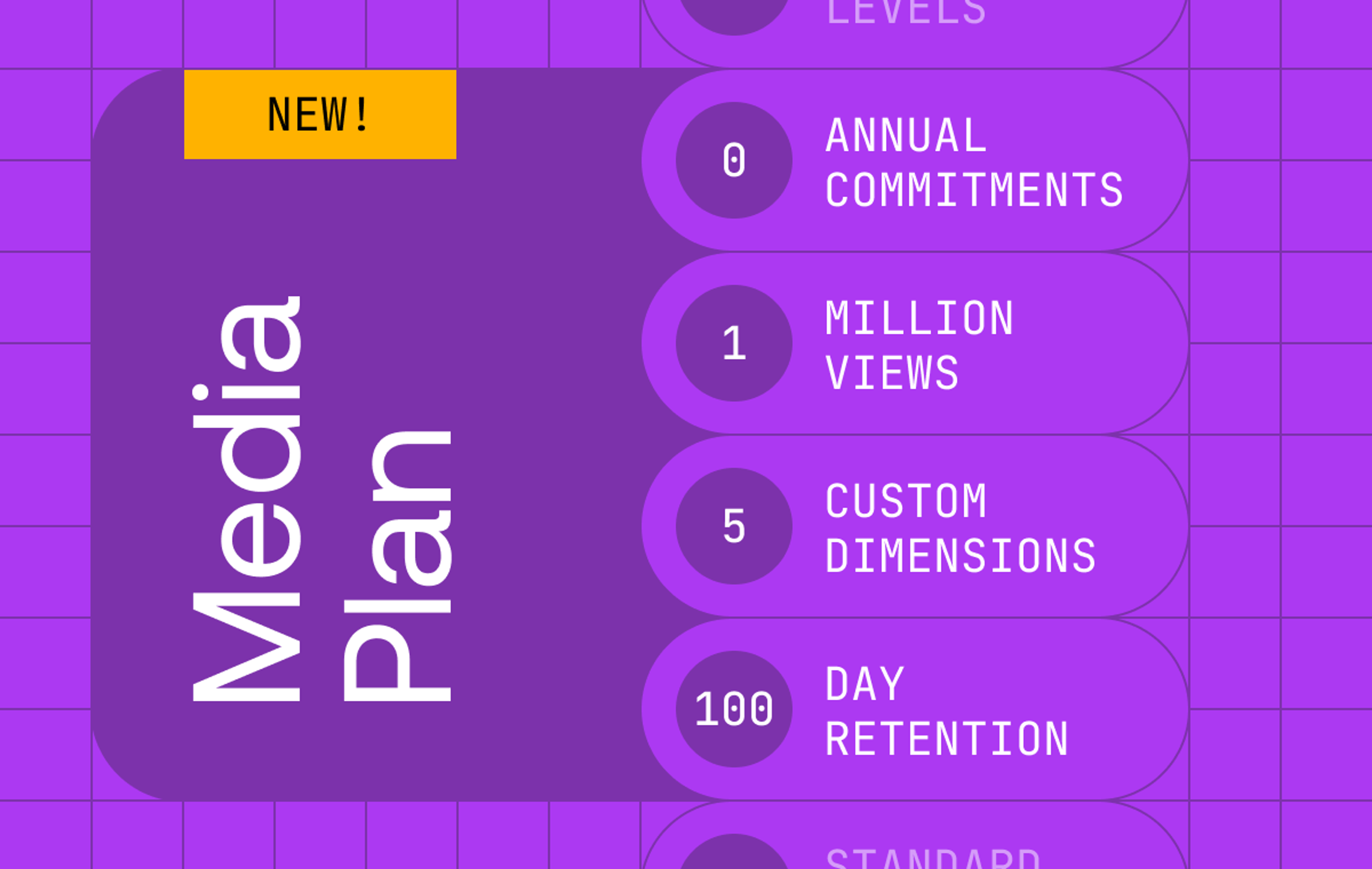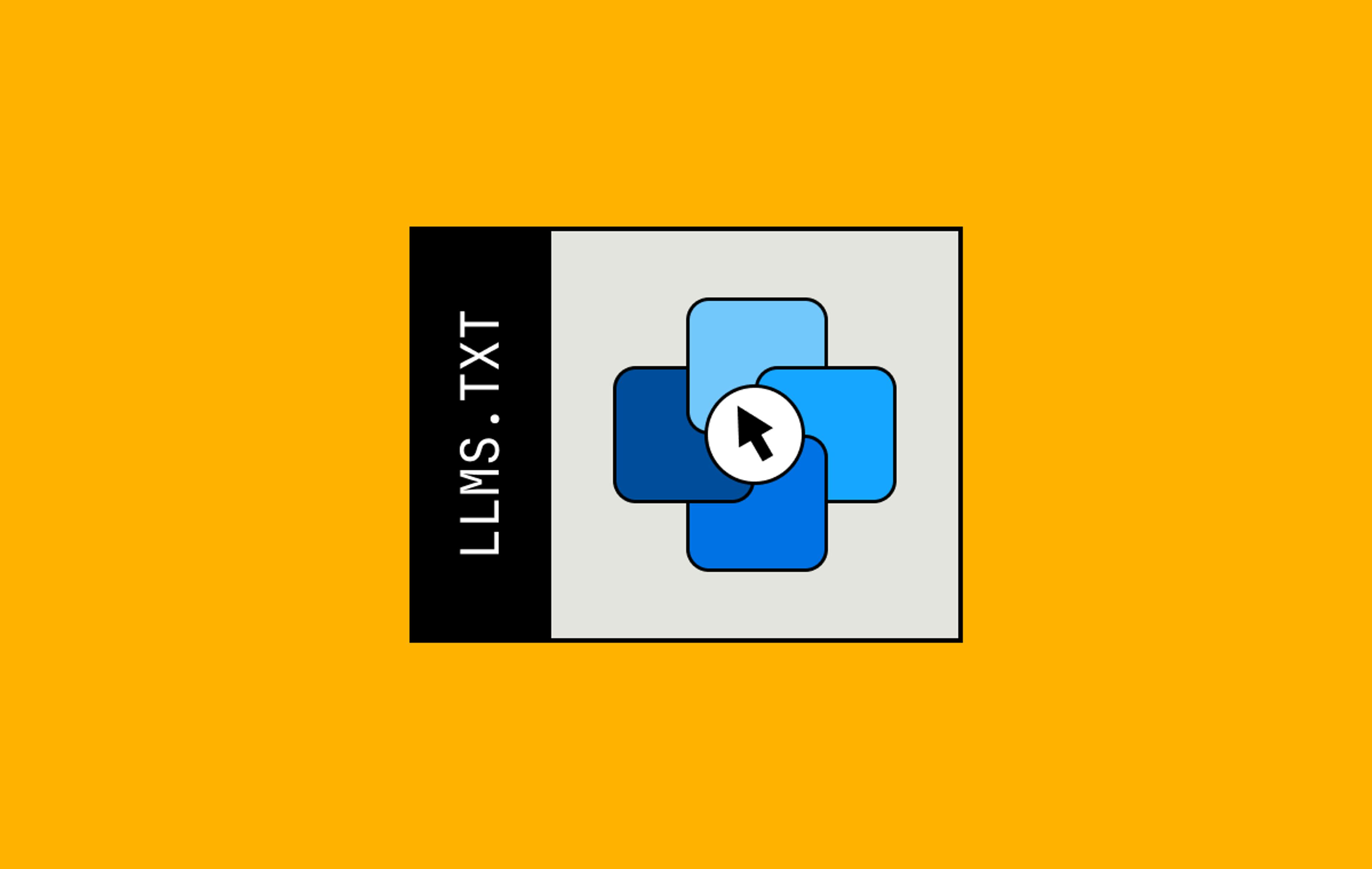Anyone who's spent time in any data analytics platform knows that one metric on its own rarely tells the whole story. The same principle applies to video metrics. Sure, you can spot the moment a spike or anomaly happened. But why did it happen? Was it a deploy? Something going viral? A new player rollout? A live event that doubled your usual traffic?
Until now, there hasn’t been a great way to capture context within Mux Data. That’s why we’re excited to announce the launch of Annotations.
A digital Post-it note
Annotations allow you to tag moments in time directly within your Metrics, Monitoring, Errors, and Engagement dashboards. You can drop a note at a specific timestamp, label it with a short message, and instantly give your teammates and your future self insight into what was going on.
It’s a small interaction with a big payoff: clarity, coordination, and confidence in your data.
This feature has been one of the most requested by customers, especially for those managing observability across large, fast-moving teams. We heard the same thing over and over: “A new version recently deployed on one of our applications. If we could mark that in Mux Data, it would be much easier to detect if that deployment led to a spike in playback issues.”
With Annotations, you can make those events part of your monitoring history in just a few clicks or a simple API call.
Annotations aren’t just for marking deployments, though. We've built them for a wide range of use cases — flagging launches, noting incidents, highlighting regressions, or simply marking something you want to revisit later. And because Annotations show up for everyone in your organization, they’re a lightweight way to create shared visibility without spinning up a doc or a thread.
Start annotating
You can create annotations directly from within the dashboards. Just hover near the timeline, click to add a note, and you’re set. You can set the exact timestamp (or we’ll help prefill it), type your message, and even assign the annotation to a specific sub-property. Made a typo? You can edit the annotation later. Changed your mind? Delete it.
Annotations are visible to all who have access to the environment of the annotation. If Annotations aren’t relevant to your current task or you wish to hide them for any reason, you can toggle Annotations on or off on any dashboard where they appear.
Annotations are fully API accessible — create, list, delete, all covered. You can create an annotation up to 13 months in the past and 14 days in the future via API.
curl https://api.mux.com/data/v1/annotations \
-X POST \
-d '{"datetime": 1744850405, "note": "new test", "sub_property_id": "1"}' \
-H "Content-Type: application/json" \
-u ${MUX_TOKEN_ID}:${MUX_TOKEN_SECRET}The response will include an ID for the Annotation.
{
"total_row_count": null,
"timeframe": [
1745776654,
1745863054
],
"data": {
"sub_property_id": "1",
"note": "new test",
"id": "1234abcd-12ab-34bc-56de-123456abcdef",
"datetime": "2025-04-17T00:40:05Z"
}
}This ID can be used in GET, PATCH, and DELETE actions.
To get started with the API, you’ll need to create a new access token with Data Write permissions for creating, updating, or deleting annotations. You can retrieve a specific annotation with either Data Read or Data Write permissions.
Annotations are available to all customers, so get started today.



